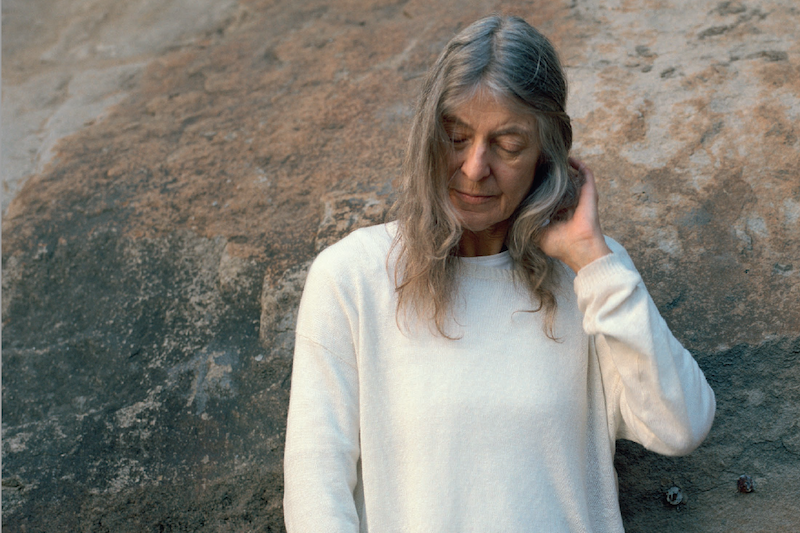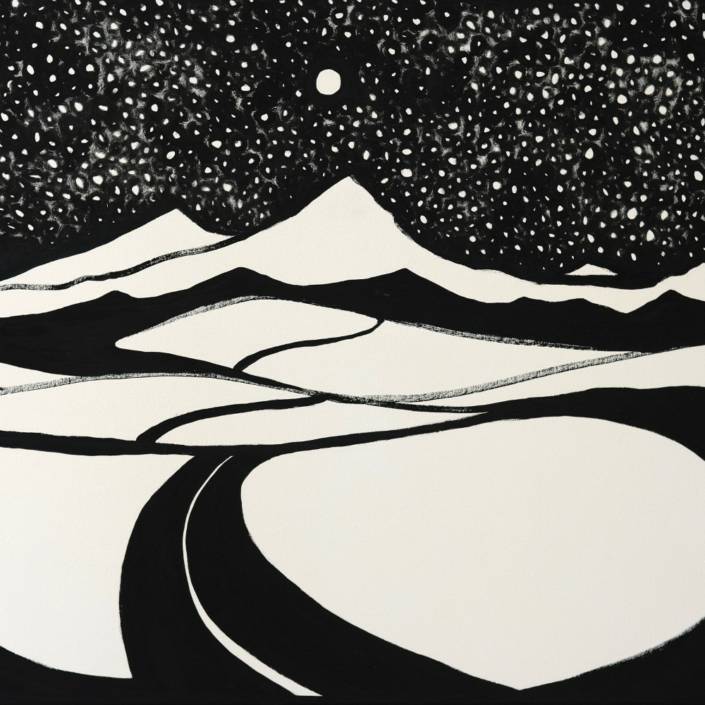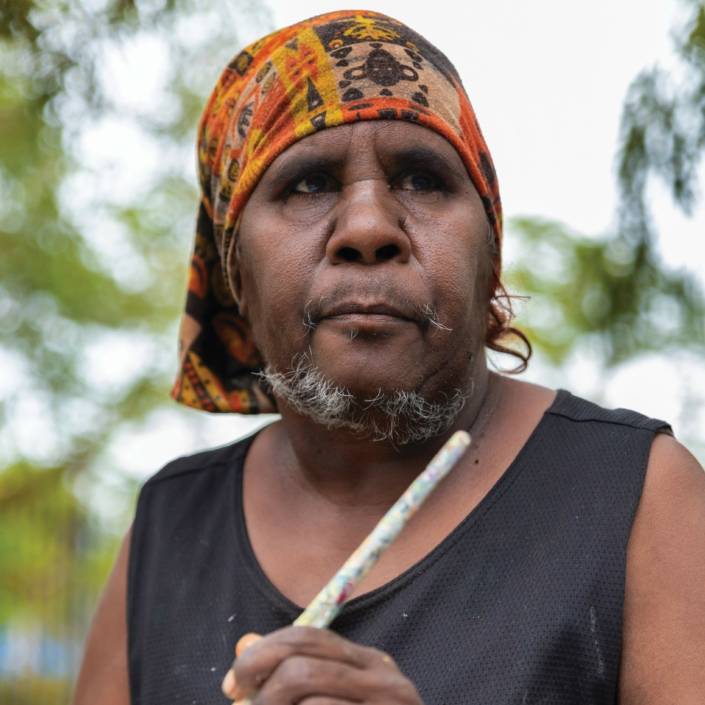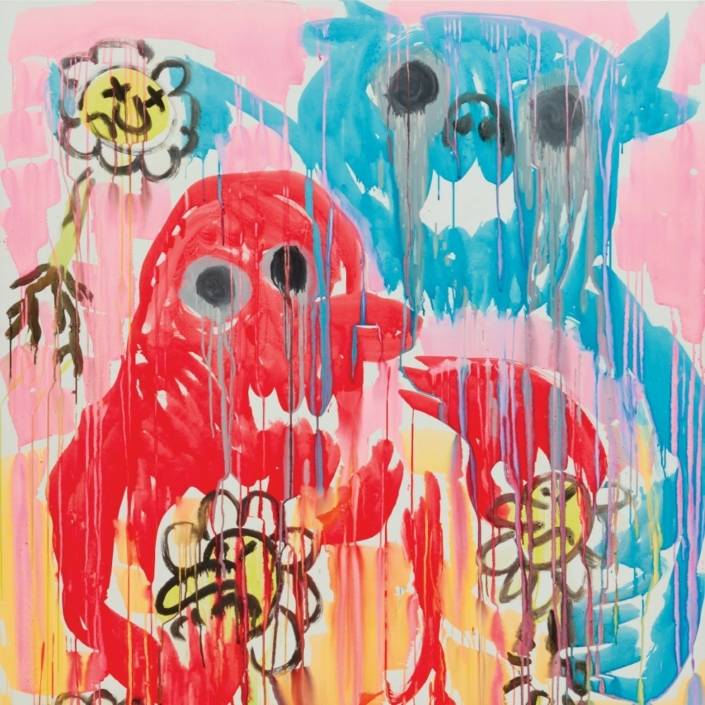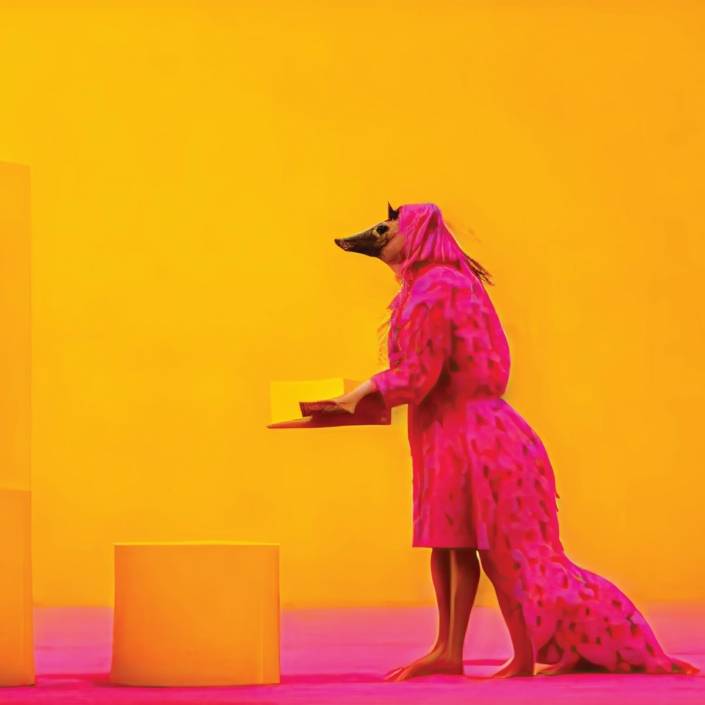On The World Stage: Fiona Hall
In the hands of Fiona Hall, even a discarded sardine can become an intricate construction, as she tirelessly toils to make detritus desirable.
Words: Ashley Crawford
With her beguiling – and at times utterly bewildering – array of materials, there has always been something seductive about Fiona Hall’s sculptural installations. In her hands, even a discarded sardine can become an intricate construction, as she tirelessly toils to make detritus desirable.
At times it is hard to reconcile Hall’s themes – global politics, world finances and the environment – with the end result; things of rapturous beauty. But it is the clash with haphazard and shortsighted governmental planning that Hall sets her sights on, what she describes as “a minefield of madness, badness and sadness”.
This was the message that Hall carried to Venice when she represented Australia at the 56th La Biennale Di Venezia last year. Titled Wrong Way Time, Hall also carried grandfather clocks, cabinetry, masks and other crafted debris across the world to make her statement. One might sense a degree of melancholia when she told the Sydney Morning Herald: “What can I say: the world has given me a lot of material to work with.”
Hall first emerged in the 1970s as a photographer and during the 1980s began creating a diverse range of art forms, expanding her oeuvre to include sculpture, painting, installation, video and even garden design. Whatever she turned her hand to shared both a sense of the surreal and an obsession with craftsmanship and materiality.
The timing of Hall’s showing in Venice was a mixed blessing. Wrong Way Time became the inaugural exhibition to launch the new two-level $7.5 million Australian Pavilion designed by architects Denton Corker Marshall, leading to much of the Australian media debating the merits of the new space rather than that which it contained. However The Guardian newspaper proclaimed Hall’s work “marvelous,” noting that: “Hall’s pavilion is a condensed museum of wondrous objects – warrior masks knitted out of military fatigues; precious weaver-bird nests created out of shredded banknotes; strange new fish fashioned out of the unscrolled lids of sardine cans. Time ticks both forwards and backwards in her fantastical imagination: art makes the future look ancient.”
Other commentary, including a feature in The New York Times, similarly found merit in both Hall’s work and her message, suggesting that her time in the international spotlight is far from over.
IMAGES COURTESY: THE ARTIST AND ROSLYN OXLEY9 GALLERY, SYDNEY
This article was originally published in Art Collector issue 75, JAN – MAR 2016.

